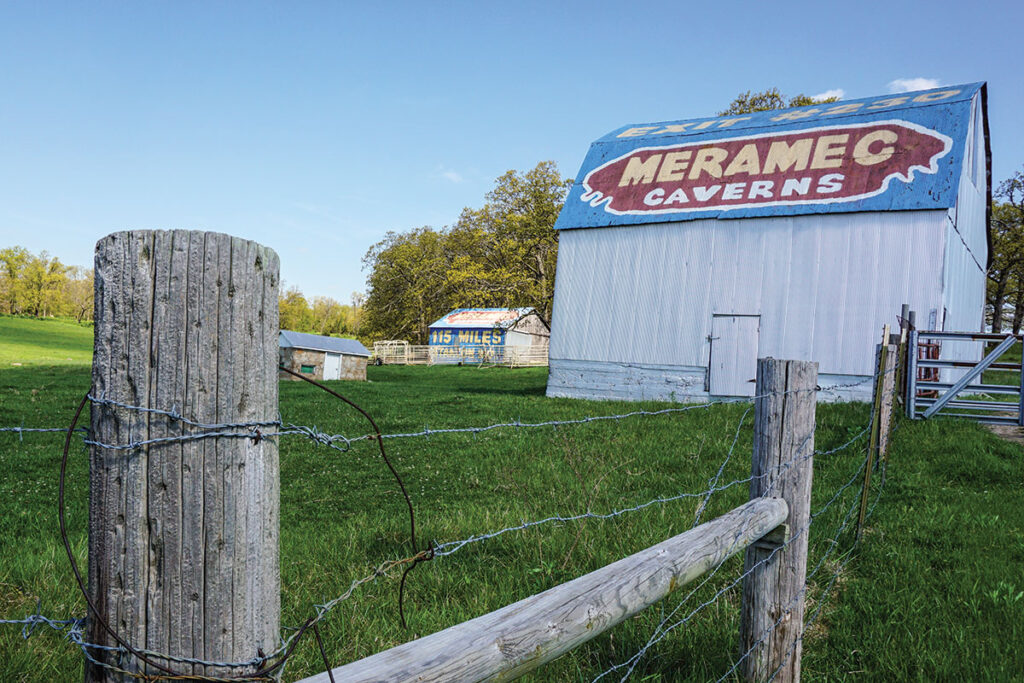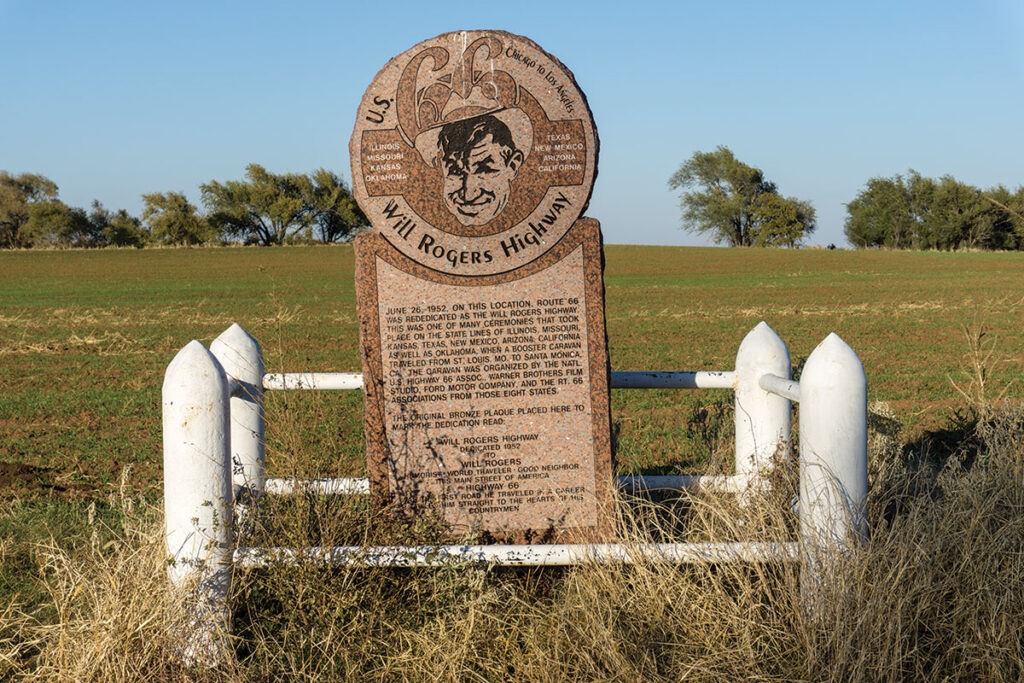
The Mother Road still calls to adventurous travelers
The U.S. Highway 66 also known as Route 66, the Mother Road, Will Rogers Highway or Main Street of America was one of the original highways in the United State Numbered Highway System. Route 66 passes by or across more than 250 buildings, bridges and other sites listed on the National Register of Historic Places. Route 66 crosses through the heart of the United States beginning in Chicago, Ill., ending in Los Angeles, Calif., passing through countless small towns and communities along the way.
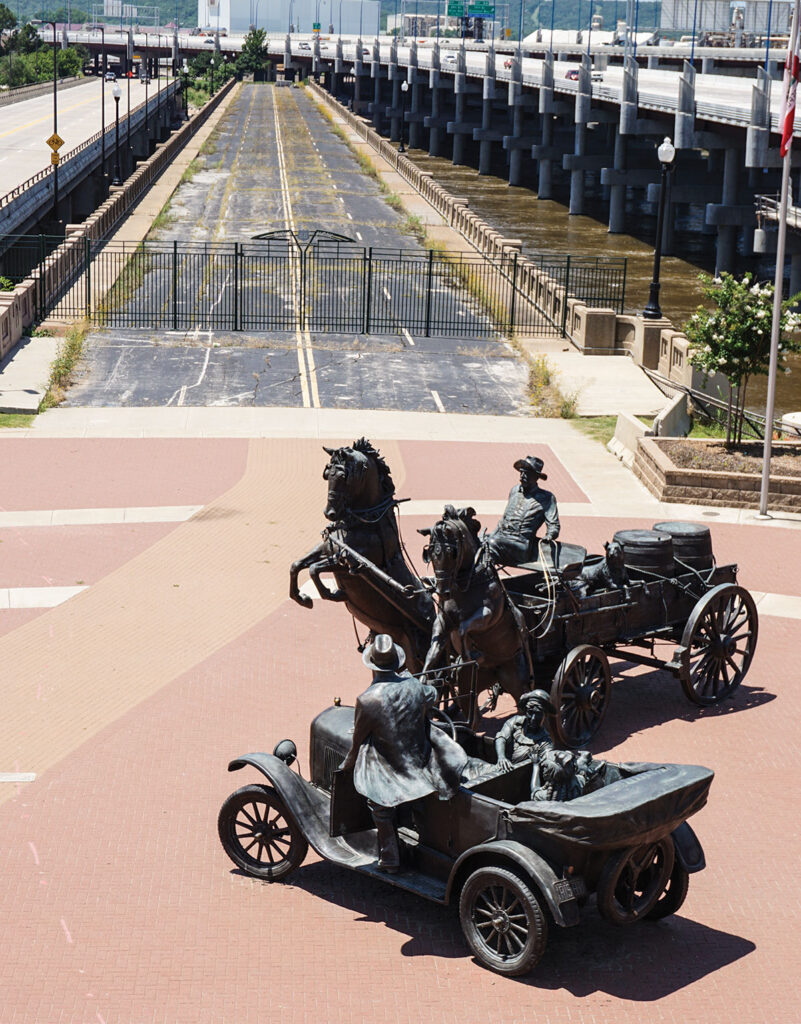
Along its path are Lake Michigan, the Mississippi River, the Arkansas River, the Colorado River and the Pacific Ocean. Route 66 crosses the southern reaches of the Rocky Mountains, passes through the hills of the Ozarks and the flat prairies of Kansas, Oklahoma and Texas winding through the pines of Arizona, the Ozark woods and the Mojave Desert.
The National Museum of American History in Washington D.C. features Route 66 as a part of its “America on the Move” Exhibition.
The exhibit contains a portion of pavement taken from Bridgeport, Oklahoma. A car and truck of the type driven on the road in the 1930s are also on display in the exhibit. A neon sign that used to hang over Hamons Court gas station and tourist cabins in Hydro, Okla., and a neon sign saying cabins which pointed to Ring’s Rest tourist cabins in Muirkirk adorn the exhibit. Postcards a traveler sent to his sweetheart while touring Route 66 can also be seen at the exhibit.
The origins of Route 66 began with government legislation for a public highway system in 1916, was revised in 1921 and finally passed in 1925. Entrepreneurs Cyrus Avery of Tulsa, Oklahoma and John Woodruff of Springfield, Missouri were the first to lobby for a roadway which would eventually become Route 66. Established in 1926, Route 66 originally ran from Chicago, Illinois through Missouri, Kansas, Oklahoma, Texas, New Mexico and Arizona before ending in Santa Monica, California covering 2,448 miles.
Public road planners tried to connect the main streets of rural towns and urban communities to provide those communities to a major national thoroughfare. Route 66 served as a primary route for migration west supporting economies all along its route. The essentially flat geography of Route 66 made it a popular truck route. The 1930s Dust Bowl sent many farming families from Oklahoma, Arkansas, Kansas and Texas along Route 66 heading west for agricultural jobs in California. Route 66 gave some relief to communities along its path during the Depression giving rise to gas stations, restaurants and motor courts.
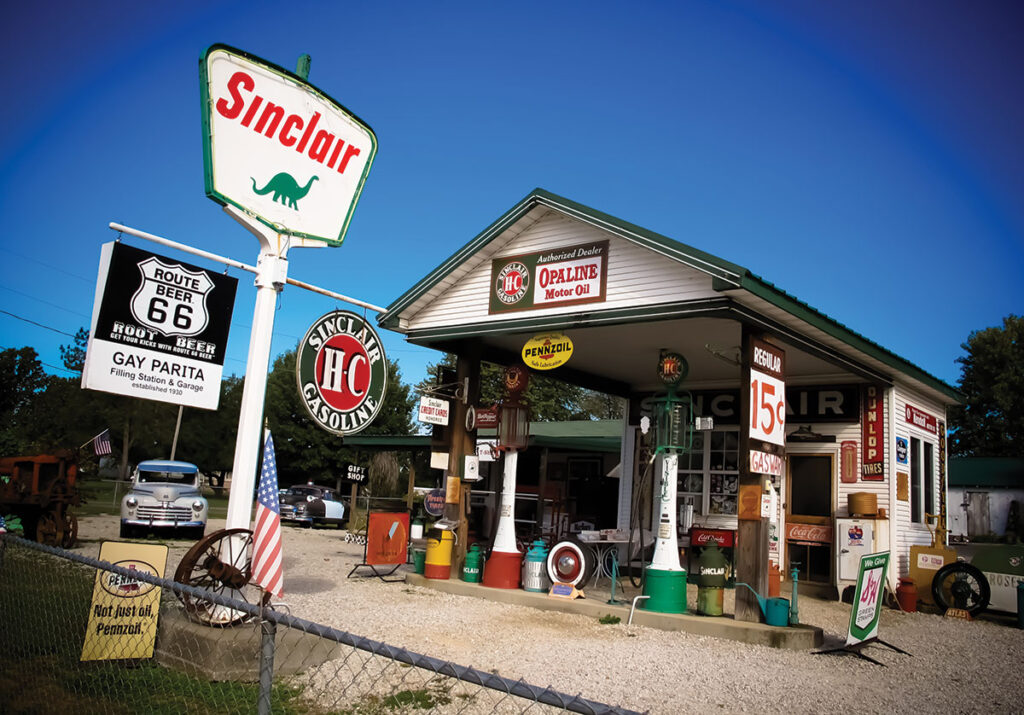
Cyrus Avery wanted to promote the paving of Route 66. As a result, the U.S. Highway 66 Association was established in 1927 with John Woodruff elected as the first president of the association. The Associations first attempt at publicity was a footrace from Los Angeles to New York City starting along Route 66 called the Bunion Derby. Several dignitaries including Will Rogers greeted runners along the way. Ending at Madison Square Garden, the prize was awarded to a Cherokee citizen runner from Oklahoma named Andy Hartley Payne.
An advertisement in the Saturday Evening Post invited people to take Route 66 to the 1932 Summer Olympics in Los Angeles. The Association served as a voice for businesses until 1976.
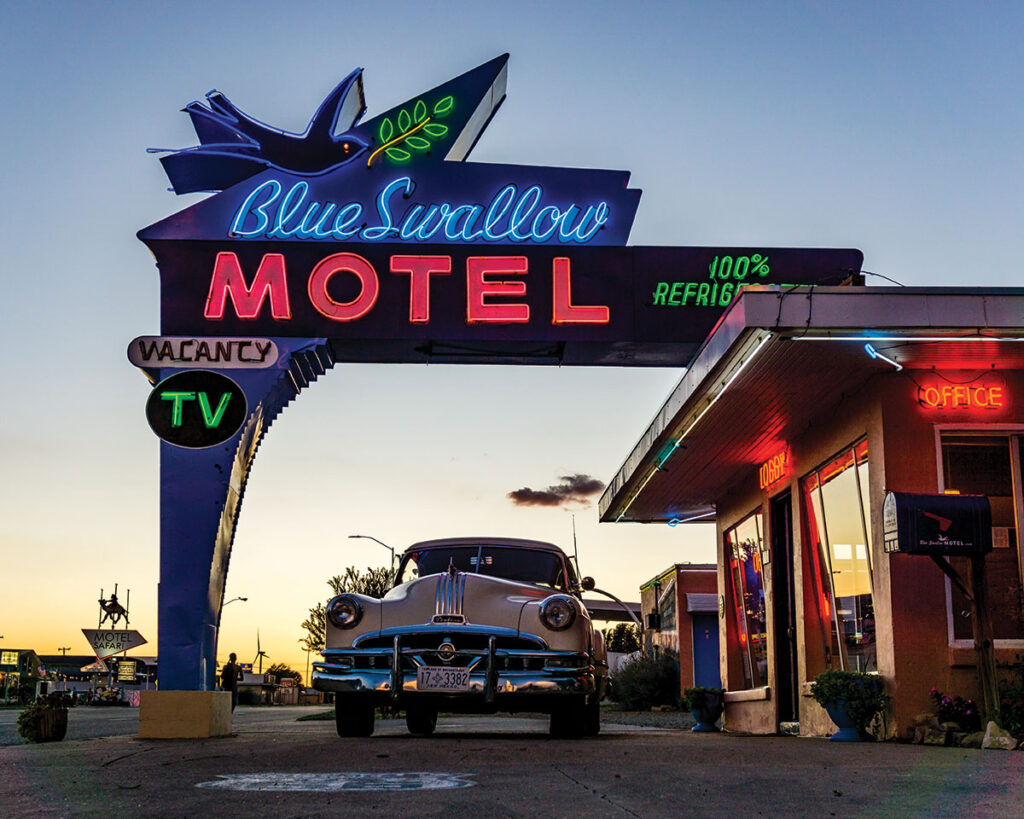
John Steinbeck called Route 66 the Mother Road in his poignant book the Grapes of Wrath about a family following the highway in the hope of a new beginning in 1939. More migration along Route 66 occurred when migration to war related industries and moving military equipment during World War II. Route 66 became a main highway for vacationers in the 50’s traveling to Los Angeles passing through the Painted Desert, near the Grand Canyon, Arizona’s Meteor Crater and more. The hit song Get Your Kicks on Route 66, the CBS television series Route 66 and the Pixar film Cars all popularized Route 66.
Having been replaced by the Interstate Highway System in 1985, portions of Route 66 passing through Illinois, Missouri, Oklahoma, New Mexico and Arizona have been communally designated a National Scenic Byway named Historic Route 66. The U.S. Bicycle Route System developed in 2010 has started redeveloping Route 66 into part of the system.
The Mother Road flourished without an association contributing until a revival of Route 66 began in 1987 with the first new Route 66 Association founded in Arizona. Missouri would found an association in 1987. Other states would follow with associations in Illinois, Kansas, Oklahoma, Texas, New Mexico and California. The National Route 66 Preservation Bill signed in 1999 provided grant funding for preserving and restoring historic features along Route 66. The World Monuments Fund added Route 66 to the World Monuments Watch bringing attention to the gas stations, motels, cafés, trading posts and drive in movie theaters threatened by development or decay.
